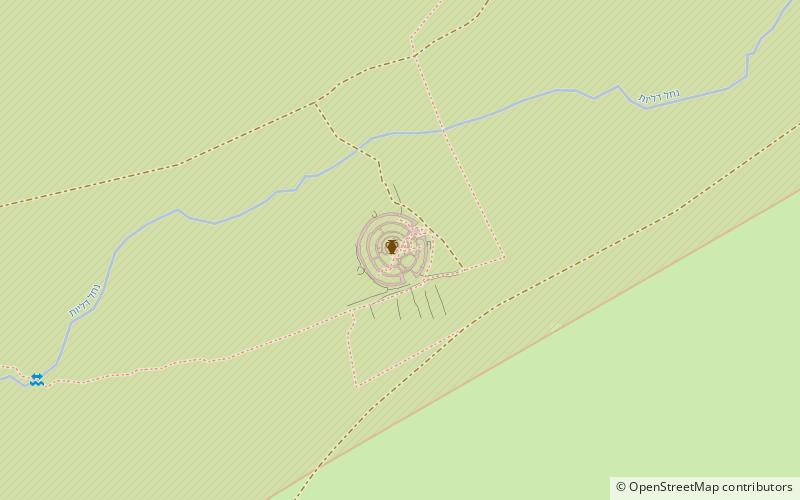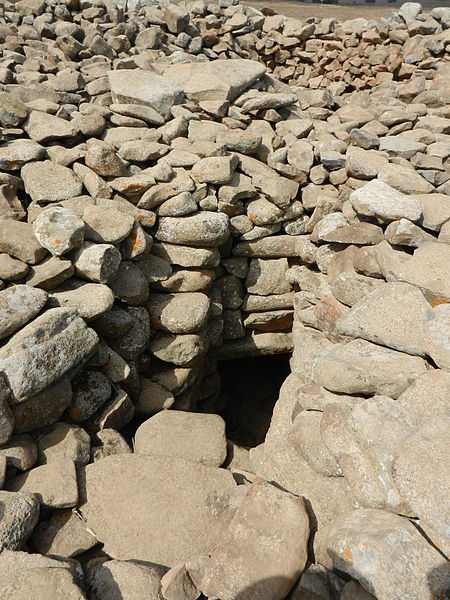Rujm el-Hiri


Facts and practical information
Rujm el-Hiri, located in the Golan Heights, is a prehistoric site that continues to mystify archaeologists and visitors alike. Comprised of basalt stones arranged in concentric circles with a central tumulus, this ancient structure is often referred to as the "Stonehenge of the Levant."
Dating back to the Early Bronze Age, approximately 3000 to 2700 BCE, Rujm el-Hiri – which translates to "stone heap of the wild cat" – spans over 40,000 square meters. The central burial mound is surrounded by over 42,000 tons of basalt rocks, forming at least four concentric circles with a complex system of chambers and passageways. There is also evidence of astronomical alignment, with the entrance to the central mound aligning with the sunrise of the summer solstice, indicating it may have been used for ritualistic or calendrical purposes.
The site's original function remains a subject of debate among scholars. Some believe it served as an astronomical observatory or a place of worship, while others suggest it might have been a regional administrative center or even a monumental burial complex. Despite numerous excavations, no definitive conclusion has been reached, leaving Rujm el-Hiri shrouded in mystery.
Rujm el-Hiri – popular in the area (distance from the attraction)
Nearby attractions include: Tal Saki, Mount Peres, Umm el-Qanatir.



